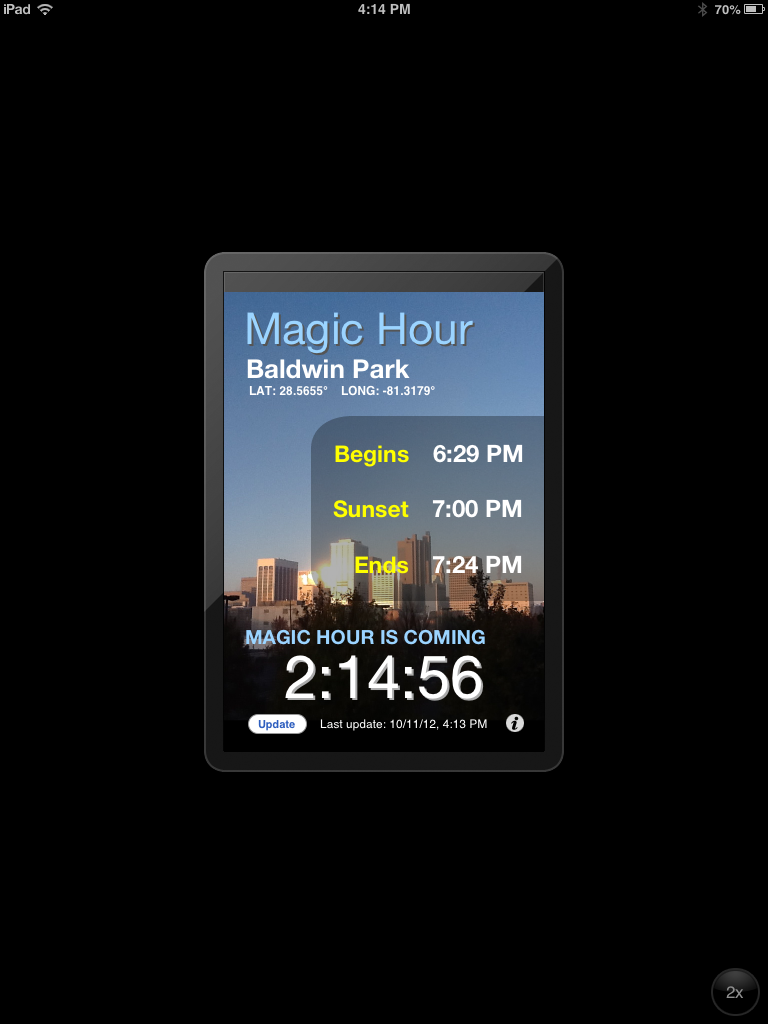Often, people stumble upon my blog by typing in a phrase in a search engine. The exact term is not always something I’ve written about, so I’m always tempted to reach out to that person to answer their question. Of course, I have no way of knowing who searched for it; all I have is the search term.
So, I am going to try to start a new blog series called “You Searched, I Answer”.
My last post was about apps that let you track the sun; which can be particularly useful if you want to shoot during the “golden hour”. Someone found my blog by searching for “do u need a flash for the golden hour photos shoots?”
Well, it depends on what you are shooting, but I assume you mean portraits. If you do a Google image search for “Golden Hour Portraits”, you’ll see some good examples.
I would begin by using the sun as a rim light. That is, have the sun behind your subject so that the light creates this almost halo effect. It works especially well with women because the light shines through their hair. Now of course, your subject is back-lit, so you need to do one of two things. First, you could use spot metering and meter off of your subject’s cheek. Your camera will expose for the skin and all the highlights will be blown out.
If you want a more balanced image, then you need to provide some fill light. You can use a reflector. Some reflectors come with a gold-colored side. You could try this, but it might be overkill. I would use the white side to throw the orange-colored light back onto the subject.
If you want to use flash, I would gel it with some CTO (color temperature orange) to match the warmth of the natural light. If you fire your flash without a gel it will look blue (remember the flash is daylight balanced). More on gels and white balance here.
I don’t want to use another photographer’s image without permission, so check out these links for some good examples:
Using a Reflector to Fill in Shadows
If you do use a reflector, make sure it’s up high so the catchlight on your subject’s eye is at 10 or 2 o’clock.
You searched. I answered.



